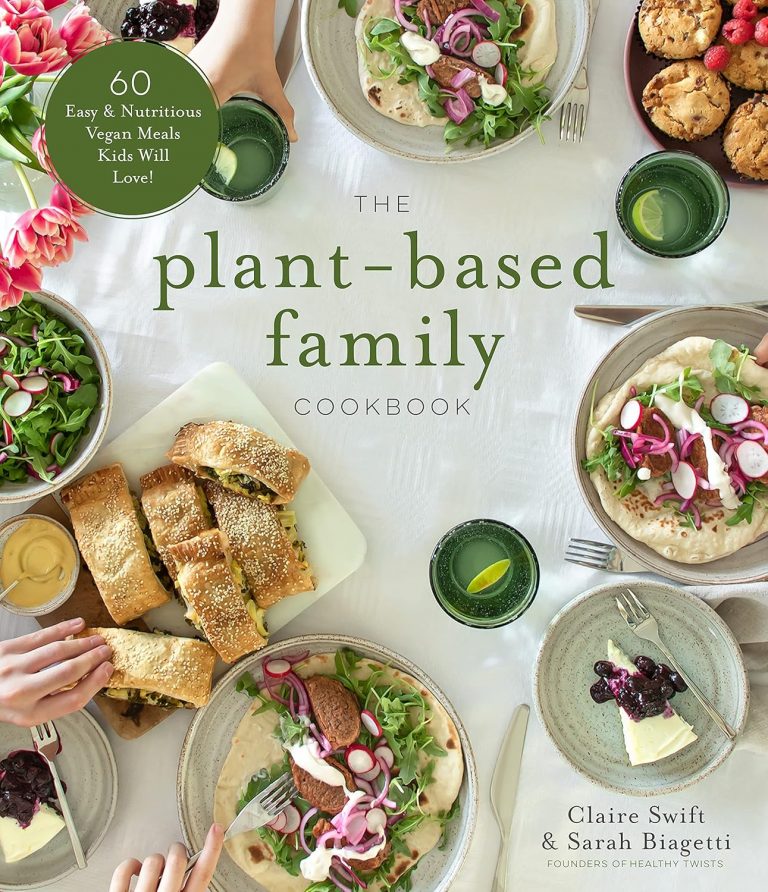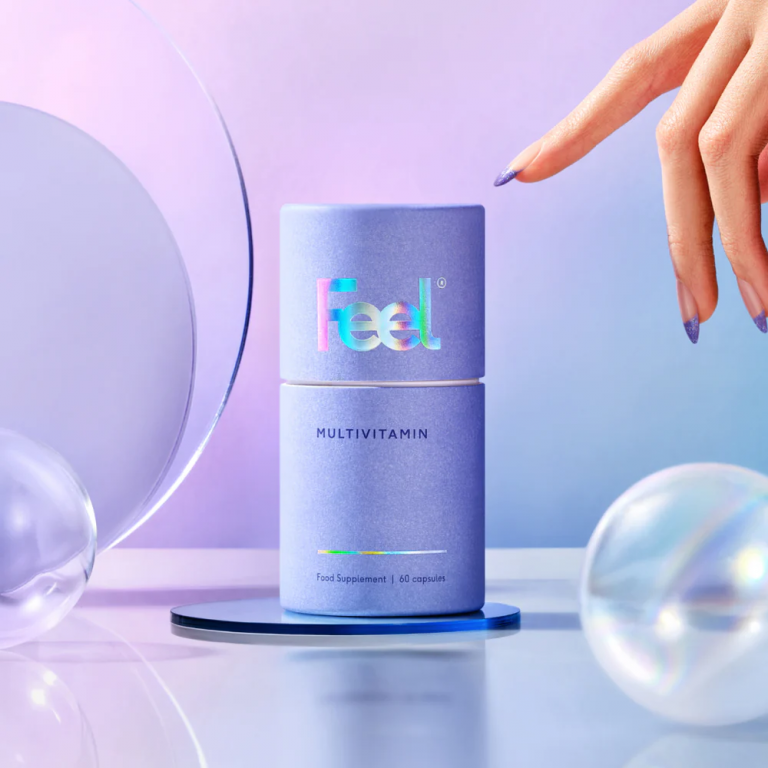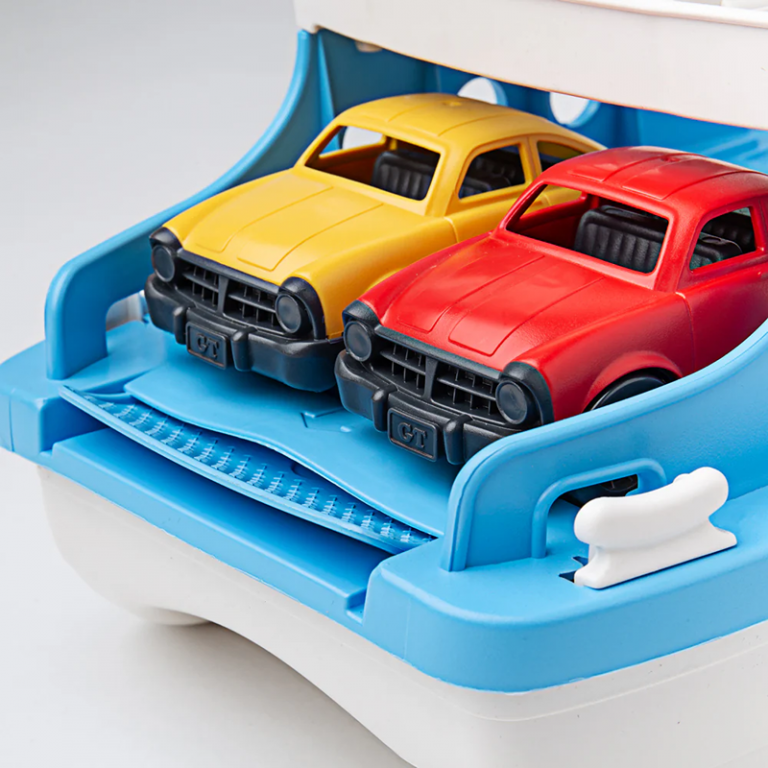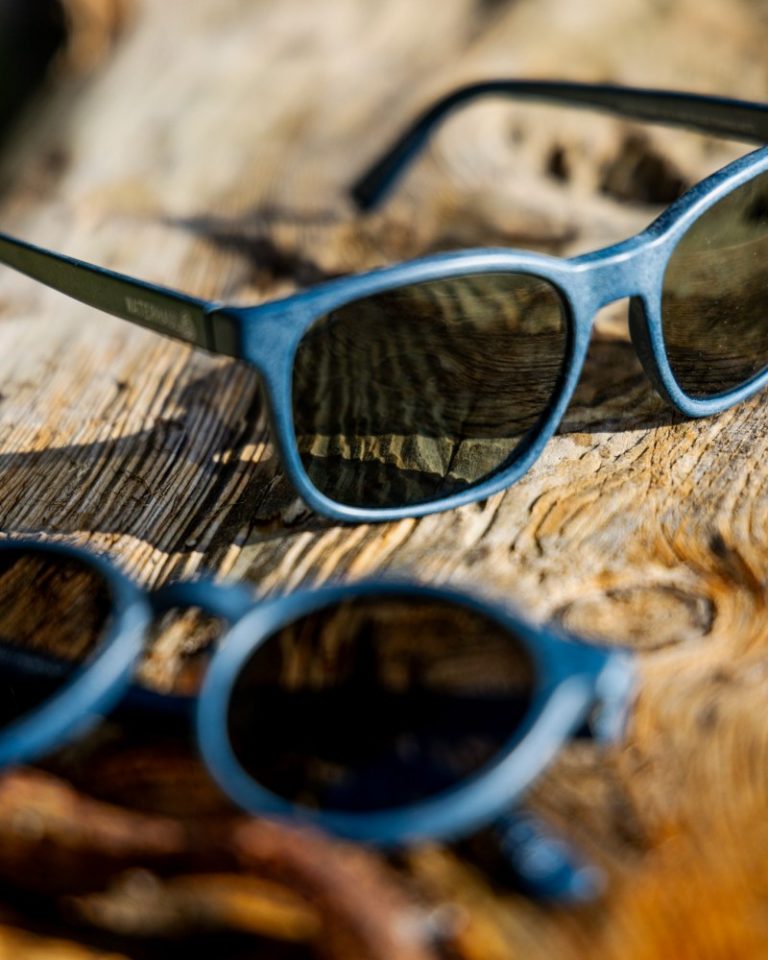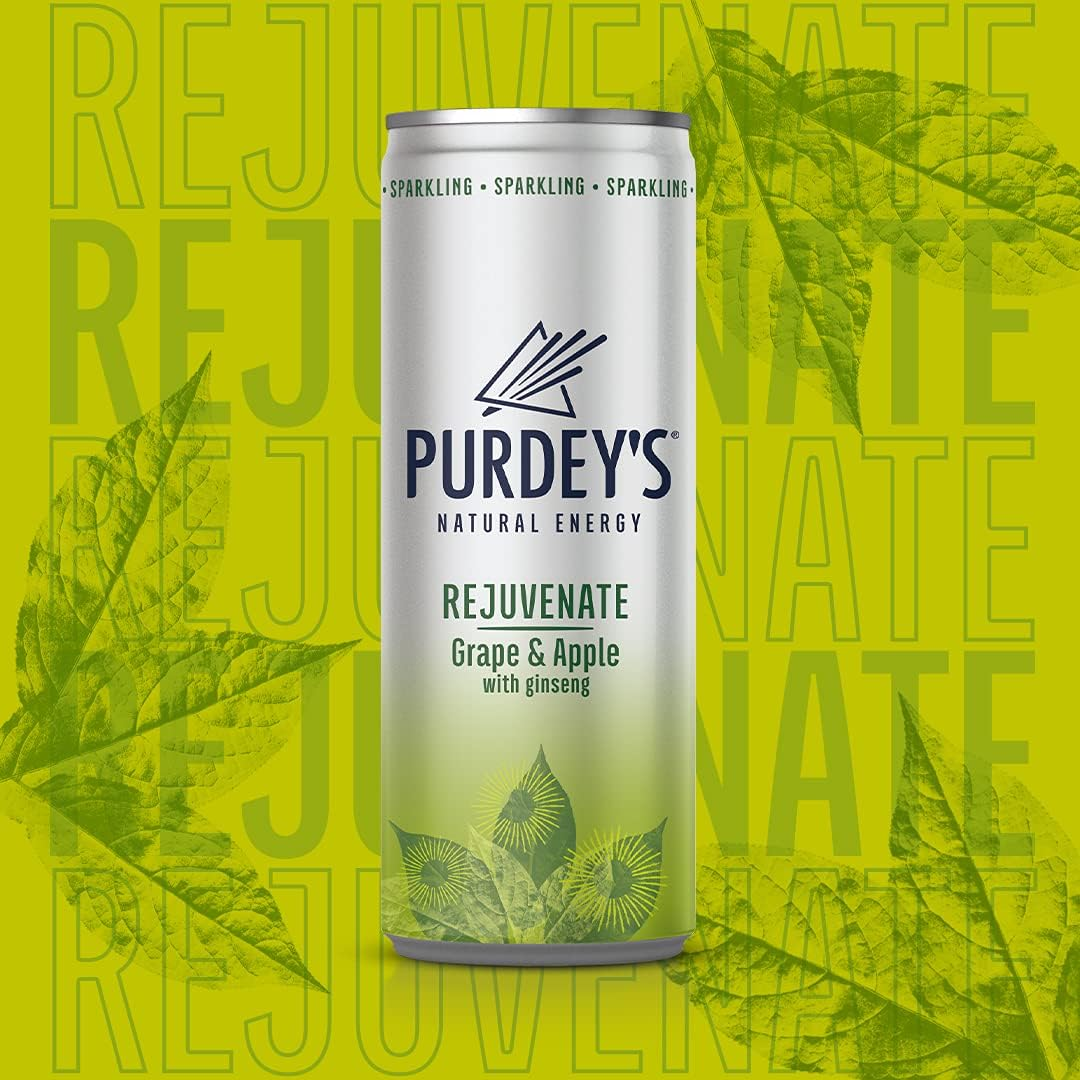
You should never rely on energy drinks, always look at why you have fatigue, and remedy that first. But for the odd energy boost (say before an exam or long drive), if you’re feeling tired, choose a more natural brand.
Some popular energy drinks can increase heart rate and blood pressure, especially if consumed in excess (due to some young people having ended up in hospital when addicted, they are banned for sale in Sweden and Lithuania for teenagers, with pending UK legislation).
Avoid energy drinks when pregnant/nursing, for children or on medication (due to caffeine, and herbs like guarana, ginseng, cola nuts etc). You can recycle the glass bottles or cans (no need to crush, but pop the ring-pull back over the can first, to avoid wildlife getting caught).
Energy drinks have been around since the 1930s (Lucozade was invented by a Newcastle pharmacist and Ribena created for ‘free vitamin C for children’). Both are very high in sugar, though artificial sweeteners are also now added, to protect against a possible sugar tax.
One personal trainer suggests a healthier homemade alternative is simply to add fresh lime juice to sparkling water.
Purdey’s is sweetened with stevia, a blend of sparkling water, fruits and botanicals in three flavours:
- Raspberry & rose (with magnesium for electrolyte balance)
- Grape & apple (with ginseng)
- Dark fruits (guarana)
These drinks contain caffeine (from black tea) and various vitamins, with sugars from natural fruit juice. They taste quite nice (a bit sweet) and are good for the odd pick-me-up. Say for morning focus, or an afternoon refresh, to replace a cup of coffee.
Gusto Organic offers ‘real cola’ that is made with organic Fair Trade ingredients, sweetened with cane sugar and agave (the ‘naturally slim’ version is sweetened with stevia). Other flavours are lemon guarana, Sicilian blood orange and fiery ginger beer.
Why Choose Natural Brands over Red Bull?
Red Bull is by far the brand leader of energy drinks, with a third of the market share (and is now the third most profitable soft drink after Coco-Cola and Pepsi). It’s made to various recipes (depending on country of sale, due to caffeine limits) but basically is a mix of caffeine, taurine, B vitamins and simple sugars (or artificial sweeteners for sugar-free versions).
Those of us who have never tried it, read that users describe it as tasty like ‘diluted cough syrup with bubbles’. Although one said on first taste, it tastes like ‘battery acid!’ But then apparently becomes addictive.
Banned in France for 12 years (Red Bull has now adjusted the recipe to sell it legally), critics say along with the wide range of people who should not drink it (pregnancy/nursing, heart and blood pressure problems and insomniacs), the high acid level means (like diet cola) it also rots your tooth enamel.
Masking Red Bull with alcohol is very dangerous, as the stimulants can mask the depressant effects of booze, and cause life-changing dangers (like suicidal thoughts).
Another reasons to avoid Red Bull, is that it’s not a local artisan company. In 2013, a Norfolk vegan micro-brewery with a similar name (but not the same name) was told to change its name (or face legal action). The mighty giant told the brewery (with 8 employees) that it could ‘confuse customers’.
How the average beer-loving man in eastern England could confuse a pint of ale with a can of energy drink is not clear. But they had to reach settlement, in order to continue to use a name that was not even the same. It’s corporate bullying, and a good reason to choose Purdey’s energy drink instead!
Red Bull also funds a charity that uses mice for spinal cord injury research. Far kinder, more accurate and cheaper to fund humane medical research instead. Wonderful work is being done by Humane Research Trust, that could do with the funding from big brands, as it gets no government funds.

